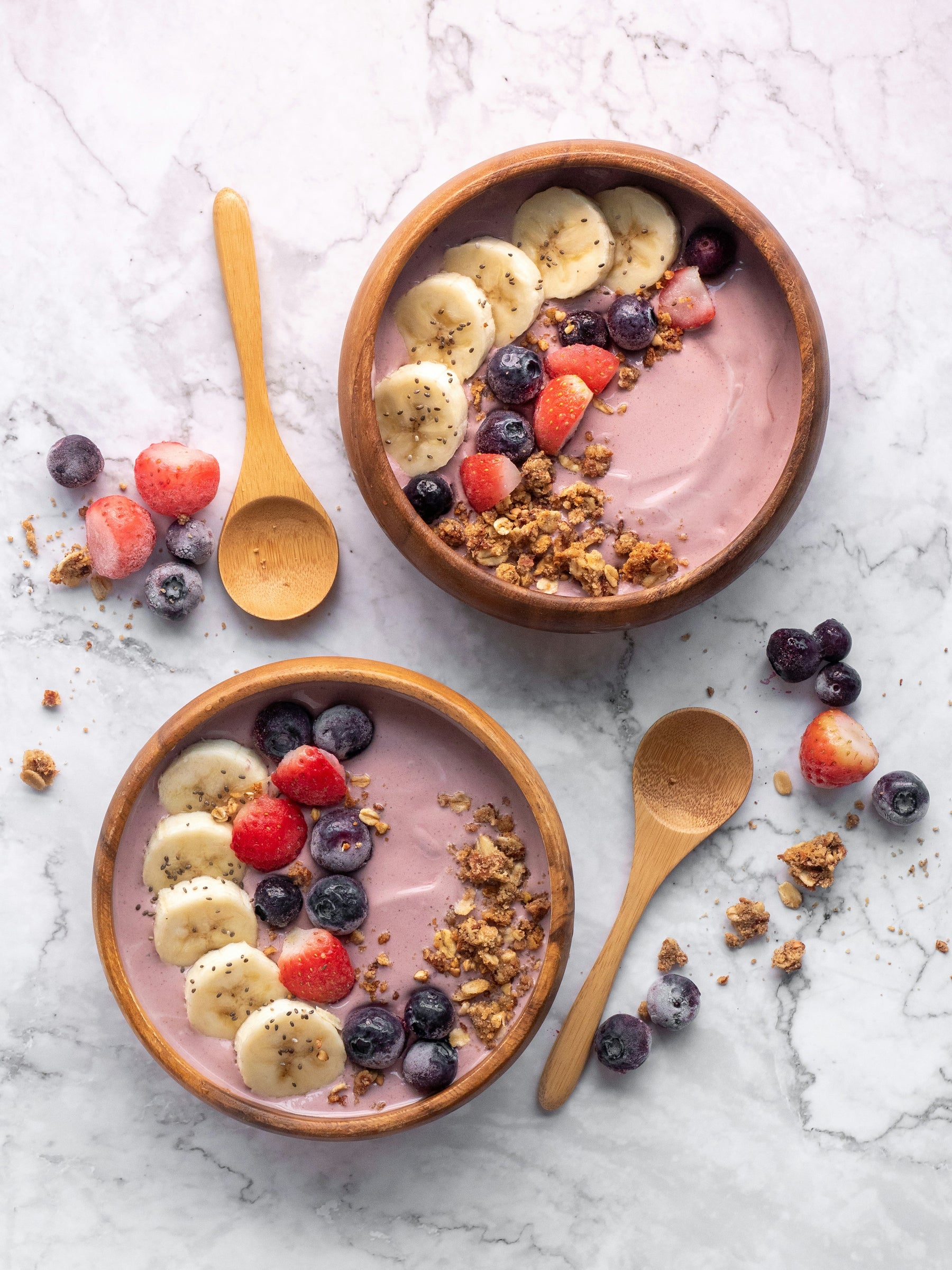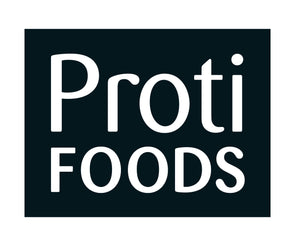
How to Use Protein Powder in Your Diet
Do you ever wonder if there’s more to protein powder than just mixing it with water or milk? Protein is a crucial component of our diet, essential for building and repairing tissues, and it plays an important role in overall health and wellness. But let’s face it, chugging down a bland protein shake every day can get old. That’s where we come in! We’re going beyond the shaker bottle to explore the incredible versatility of protein powder. Get ready to discover creative and delicious ways to incorporate this nutritional powerhouse into your diet, making your meals healthier and more exciting.
Understanding Protein Powder
Protein powder is a popular dietary supplement that provides a concentrated source of protein, typically derived from whey, casein, soy, or plant-based alternatives like pea or rice protein. It’s an efficient and convenient way to increase intake for those lacking protein, which is essential for muscle repair, growth, and overall bodily functions. Protein powder is typically for athletes and bodybuilders but is also beneficial for those looking to maintain a healthy weight, support recovery after surgery or injury, or simply ensure they’re getting enough protein in their diet. With various types and flavors available, protein powder can be a versatile addition to anyone’s diet, catering to different dietary needs and preferences.
The Importance of Protein on a Diet
Protein plays a vital role in a balanced diet, serving as one of the essential macronutrients our bodies need for optimal health. Here are some key reasons why protein is important in a diet:
- Muscle Growth and Repair: Protein is the building block of muscles. It’s crucial for muscle growth, repair, and maintenance, especially for those engaged in regular exercise or strength training.
- Weight Management: Protein can help with weight management by promoting satiety, reducing appetite, and increasing metabolism. It can help you feel fuller for longer, potentially leading to a reduction in overall calorie intake.
- Bone Health: Adequate protein intake is essential for maintaining strong bones and reducing the risk of osteoporosis, especially as we age.
- Hormone and Enzyme Production: Proteins are involved in the creation of various hormones and enzymes that regulate bodily functions such as digestion, metabolism, and mood.
- Immune Function: Proteins are crucial for the proper functioning of the immune system. Antibodies, which help fight infections, are made of protein.
- Transport and Storage of Nutrients: Proteins help transport and store essential nutrients, such as vitamins and minerals, throughout the body.
Incorporating a sufficient amount of high-protein meals into your diet is important, and it can be obtained from various sources, including meat, fish, dairy, legumes, and plant-based alternatives.
Protein Powder Breakfast Recipes
Breakfast foods high in protein can contribute substantially to your daily nutrient intake. As the saying goes, 'don't skip breakfast' and, for good reason, ensure it's packed with protein. Here are a few easy recipes.
Protein-Packed Pancakes
Combine one scoop of protein powder, two eggs, and a ripe banana in a blender. Whisk until you achieve a smooth batter and add a dash of milk (plant-based or dairy) if it is too thick. Remember, the thicker the batter, the fluffier the pancakes. Cook in a non-stick pan over medium heat until golden brown on both sides. Top it with your favorite fruits and a drizzle of honey or maple syrup for extra flavor.
Overnight Oats with a Protein Boost
Mix half a cup of rolled oats, one scoop of protein powder, and one cup of almond milk (or any other milk of choice) in a jar. Add a teaspoon of chia seeds for extra fiber and healthy fats. Cover the jar, shake well, and let it sit in the refrigerator overnight. In the morning, give the oats a good stir, adding more milk if necessary, and top with fresh berries and a handful of nuts for crunch. Enjoy!
Protein-Infused Smoothie Bowls
In a blender, combine the frozen banana, mixed berries, almond milk, almond butter, and protein powder. Blend until smooth and creamy. If the mixture is too thick, add a bit more milk until you achieve the desired consistency. Pour the smoothie mixture into a bowl. Garnish with sliced bananas, granola, chia seeds, and a drizzle of honey.
Protein Powder Snack Recipes
Integrating protein powder into your everyday snacks offers another avenue to supplement your protein needs. While there are various types of protein powder to choose from, consider those that fit your dietary preference.
Protein Energy Balls
Enhance your midday snacks with these high-protein energy balls. Start by taking one cup of rolled oats and half a cup of protein powder. Mix in half a cup of peanut butter and a quarter cup of honey. Combine the ingredients well until you attain a dough-like consistency. Roll the mixture into compact, bite-sized balls. Transfer the protein balls to a baking sheet and refrigerate for about two hours.
Protein-Powder-Infused Hummus
Hummus already boasts a commendable protein content. By infusing it with protein powder, you can significantly up its nutritional value. It's pretty simple. To your basic hummus recipe, add two tablespoons of unflavored protein powder. Blend it until it's well distributed within the hummus. Note: It might alter the taste slightly if you're accustomed to regular hummus, but the protein boost is undeniably beneficial.
Homemade Protein Bars
Homemade protein bars offer control over what goes into your snack. Combine two cups of oats, one cup of protein powder, half a cup of nut butter, and a quarter cup of honey in a blender. Once the mixture reaches a dough-like consistency, flatten it onto a parchment-lined baking dish. Freeze for two hours and then cut into even-sized bars. Easy to eat, take on the go, and packed with protein, these bars make for a great snack.
Protein Powder in Main Meals
Eating high-protein foods for weight loss is made easy with delicious recipes that will transform your everyday dishes into nutrient-packed delights.
High Protein Soups and Stews
The texture of protein powders can significantly improve the consistency of your soups and stews. However, adding protein powder requires a careful approach to maintain your meal's authentic taste. For instance, add a scoop of unflavored or mildly flavored protein powder to your chicken or vegetable soup during the last few minutes of simmering. Make sure you blend it well to avoid any lumps. This seemingly minor addition transforms your basic soup into a high-protein soup.
Protein-Fortified Pasta Sauces
Pasta, an all-time favorite, can also harbor protein powder in its saucy layers. Opt to enrich your tomato or cream-based pasta sauces with protein powder. Sprinkle and stir the protein powder while simmering the sauce to ensure it blends seamlessly. This protein-meals approach satisfies your pasta cravings while ticking your protein intake goal.
Adding Protein Powder to Casseroles
Casseroles, with their versatility, open up another avenue to add protein powder into your diet. As you prepare your casserole, mix your protein powder with a liquid component, such as milk or broth. Then add it to your casserole for baking. This provides a hearty meal, familiar in taste but boosted in protein content.
Integrating Protein Powder
Adding protein powder into main dishes necessitates a balanced approach. Keep in mind that adding it to boiling or high-heat treatments can decrease the protein's bioavailability. Therefore, integrating it toward the end of your cooking time works best. As a rule, focus on your ingredient's flavor compatibility with the protein powder to avoid altering your dish's original taste.
Protein Powder Dessert Recipes
Satisfy your sweet tooth and ramp up your protein count all in one go. Here are three protein powder dessert recipes to help end your meal on a high note.
Protein-Packed Brownies
Combine 100 grams of unsweetened cocoa powder, 50 grams of your preferred type of protein powder, three ripe bananas, a pinch of salt, and a teaspoon of baking powder. Add sweetener if desired. Spread the mixture into a parchment-lined baking pan. Bake at a temperature of 175 °C (350 °F) for 20 minutes. Check the brownies with a toothpick to ensure doneness.
Protein Ice Cream
In a high-speed blender, blend one ripe banana, 25 grams of protein powder, 50 ml of almond milk, and a spoonful of sweetener. Flash-freeze the mixture for 2 hours, stirring every 30 minutes. Garnish your homemade protein ice cream with nuts, granola, or a drizzle of honey before devouring this refreshing dessert. For a little extra protein, choose a more protein-rich milk option instead of almond milk.
Protein-Infused Puddings and Mousses
Mix 300 ml of milk, 40 grams of protein powder, and 100 grams of chia seeds. Pour the mixture into individual serving glasses and refrigerate overnight. Top with fresh fruit, nuts, or seeds based on your preference. This makes a quick, high-protein dessert that's easy to customize to your liking.
Tips for Cooking and Baking with Protein Powder
Cooking and baking with protein powder can be a great way to add a nutritional boost to your meals and snacks. Here are some tips to help you incorporate protein powder into your recipes:
- Start with Simple Recipes: If you’re new to using protein powder in cooking, start with simple recipes like protein pancakes, muffins, or smoothies to get a feel for how it behaves in different mixes.
- Choose the Right Protein Powder: The type of protein powder you use can affect the taste and texture of your dish. Whey protein is a popular choice for its neutral flavor, but plant-based proteins like pea or rice protein can be great for vegan recipes.
- Experiment with Flavors: Protein powders come in a variety of flavors, so don’t be afraid to experiment. Vanilla or chocolate protein powders can add a delightful taste to baked goods, while unflavored powders are more versatile for savory dishes.
- Adjust Liquid Ratios: Protein powder can absorb more liquid than regular flour, so you may need to adjust the amount of liquid in your recipe to prevent your dish from being too dry.
- Don’t Overheat: High temperatures can denature the protein, affecting the texture and nutritional value. For recipes that require cooking, try to keep the temperature moderate.
- Use it as a Flour Substitute: In baking, you can replace a portion of the flour with protein powder. A good starting point is substituting one-third of the flour with protein powder.
- Mix Well: Ensure that the protein powder is well incorporated into your batter or dough to avoid clumps and ensure an even distribution of protein.
- Be Mindful of Serving Sizes: Adding protein powder to your recipes can significantly increase the protein content, so be mindful of portion sizes and your overall daily protein intake.
- Test and Adjust: Cooking with protein powder may require some trial and error. Don’t be discouraged if your first attempt isn’t perfect. Adjust your recipes as needed based on your taste and texture preferences.
The Versatility of Protein Powder
You've now got the scoop on protein powder. It's not just a muscle-builder, but a versatile ingredient that can be added to your everyday meals. From breakfast to dinner, protein powder can boost your dishes, making them more nutritious and satisfying. The key to using protein powder effectively is balance. Pair it with whole foods, and adjust the liquid ratios in your recipes. Start small, experiment, and soon you'll find the perfect blend for your taste and diet!
